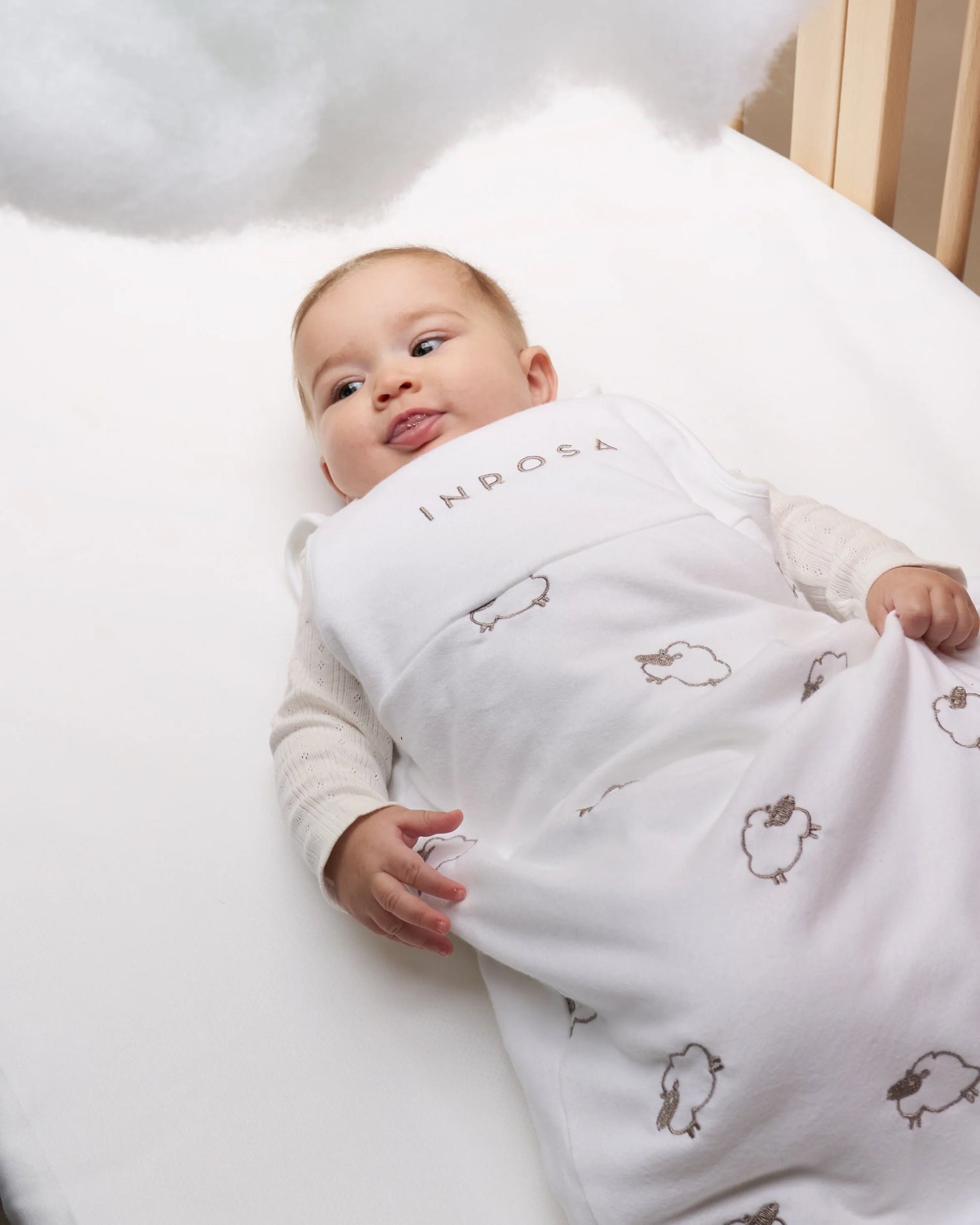With the arrival of autumn and winter, choosing clothing for babies and children becomes essential to protect them from the cold and ensure maximum comfort. In this article, you will discover practical advice on how to dress the little ones during the cold seasons, with an eye for safety, breathability and warmth. Follow this guide to best face cold and humid days, without compromising the well-being of your child.
1. The Importance of Layering
The key to properly dressing babies and toddlers in the fall and winter is to adopt the "layering" strategy. This method allows you to add or remove clothing as the temperature changes, keeping your baby warm without making him sweat.
- Base Layer : The first layer next to your skin should be breathable and comfortable. Opt for bodysuits or tops in organic cotton or merino wool, which retain heat and promote breathability.
- Mid Layer : This layer is used to retain heat. Lightweight fleece sweaters or sweatshirts are great for kids on colder days. Fleece is a material that provides warmth without weighing them down.
- Outer Layer : Waterproof and windproof jackets are ideal for protecting children from the bitter cold, rain or wind. In winter, choose padded jackets, parkas or snowsuits to ensure total protection from the cold.
2. How to Dress Newborns in Autumn and Winter
Newborns are especially sensitive to changes in temperature, so it is important to pay attention to how you dress them during the cold seasons.
- Bodysuits and rompers : Choose long-sleeved bodysuits as the first layer, preferably in breathable cotton. Over the bodysuit, you can opt for a fleece or soft wool romper.
- Hat and gloves : A newborn's head loses a lot of heat, so it's essential to cover it with a warm hat. In the fall, choose cotton hats, while in the winter opt for wool or fleece ones. Add gloves and thick socks to keep your hands and feet warm.
- Blankets or sleeping bags : If you take your baby out in a stroller, use a padded sleeping bag to protect him from the cold. Sleeping bags with an adequate TOG are ideal for keeping your baby warm even when outdoors. In these seasons we recommend a TOG 2.5.
3. Children's Clothing in Autumn
Fall is a season where the weather can be very changeable, going from mild to cold in a matter of hours. Here's how to dress children in this season:
- Long Sleeve Shirts : During cool autumn days, long sleeve shirts made of cotton or merino wool are perfect for keeping your child warm.
- Lightweight Hoodies and Jackets : Add a lightweight hoodie or fleece jacket for cooler hours, which can be easily removed when temperatures rise.
- Long pants and leggings : Swap shorts for long pants or leggings to protect your legs from the cold. Opt for soft, comfortable materials, such as stretch cotton.
4. Children's Clothing in Winter
Winter requires special attention to ensure that your child is always warm, especially when you leave the house. Here are some tips for winter clothing:
- Puffer Jackets and Snowsuits : When it's really cold, a puffer jacket or snowsuit is the best choice to protect your child. Snowsuits are especially good for little ones, as they cover the whole body and keep the cold out.
- Winter Shoes : Shoes should be waterproof and lined inside to keep your feet dry and warm. Choose shoes with non-slip soles to prevent falls on icy or wet ground.
5. How to Check if Your Baby is Too Hot or Cold
It is important to know how to assess whether your child is overdressed or underdressed. A common sign of overheating is excessive sweating or red skin. Conversely, if your child has cold hands and feet, he or she may need an extra layer.
- Check the temperature of the neck : Touch the back of your baby's neck to see if his body temperature is right. If the neck is sweaty, he may be too hot. If it is cold, he needs to be covered more.
- Cold hands and feet : It is normal for your baby's hands and feet to be colder than the rest of the body, but make sure they do not feel excessively cold to the touch, as this may indicate that your baby is being exposed to the cold.
6. Tips for Sleeping in Autumn and Winter
Sleep is a delicate moment, especially in autumn and winter, when temperatures can drop during the night.
- Sleeping bag : Use a sleeping bag with a TOG appropriate for the season. In autumn, opt for a bag with TOG 2.2, while in winter you may need a bag with TOG 2.5 or higher (if really necessary).
- Check the room temperature : Keep the room temperature between 18°C and 20°C. Do not overcover the baby during sleep to avoid overheating.
Conclusion
Dressing babies and children in the fall and winter requires care and a good dose of common sense. By following the rule of layers, choosing the right materials and protecting hands, feet and head, you can ensure maximum comfort and warmth for your little ones. Preparing for climate changes and carefully monitoring your child's body temperature will help you spend serene and fun days even during the coldest seasons.
*The article's cover image was sources from Freepik.




